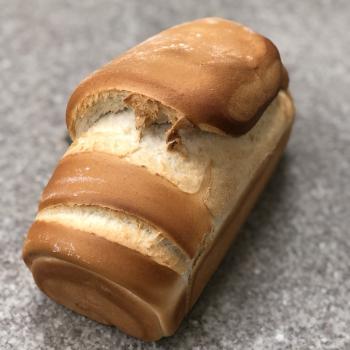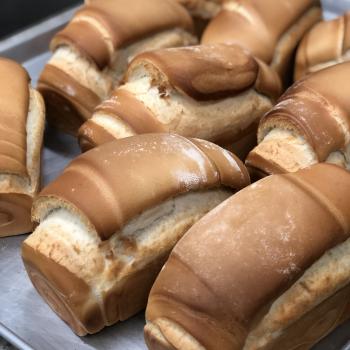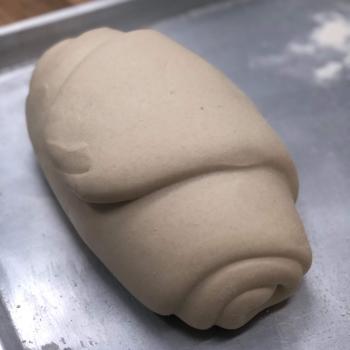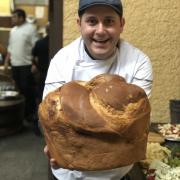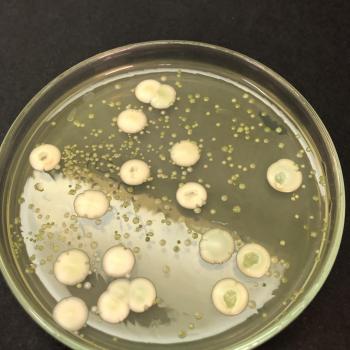
Смесь
92%
8%
жидкость
муку
Другой
Garibaldi
С 1970
To rescue the old custom and maintain the traditions of producing the colonial bread of the Serra Gaúcha, just as the Italian immigrants did when they did not arrive in Brazil.
Характеристики
My yeast, has a good fermentation characteristic promoted by yeasts, but the refreshments must be worked well before using, their aromas are very expressive with a lactic combination and an acetic touch, I try to keep the inoculum inactive in the refrigerator and always refresh when I make mine. colonial breads.
Вкус и аромат

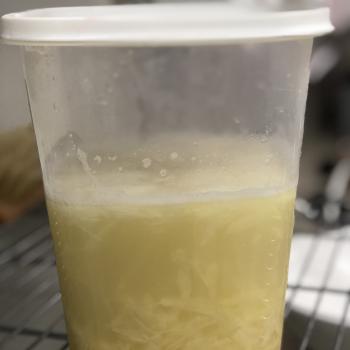
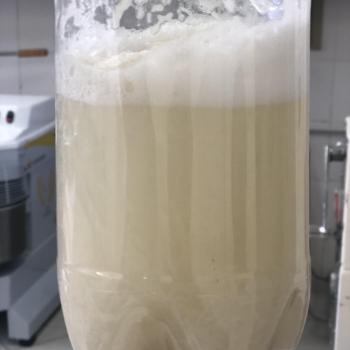

Рецептура
Ингредиенты для стартера
- 180g Potato
- 15g Salt
- 50g Sugar
- 500g Warm water at 26ºc
Ингредиенты для обновления
- 180g Potato
- 15g Salt
- 50g Sugar
- 500g Warm water at 26ºc
- 250g Old yeast
- 400g Old yeast
- 15g Salt
- 50g Sugar
- 400g Flour
1
To feed the yeast, always reserve half of the liquid from the previous yeast, make a new portion and mix with the rest of the old one, let it sit for 6 hours at 26ºC.
180g Potato
15g Salt
50g Sugar
500g Warm water at 26ºc
250g Old yeast
2
After 6:00 am, reserve half the yeast mixture again for use on other days.
With the second part, sift and place in a bow, add the second part of the ingredients.
Let it sit for 12 hours (overnight).
after 12h you will remember a Poolish.
400g Old yeast
15g Salt
50g Sugar
400g Flour
Метод работы
1
My yeast was made from a potato, its origin comes from a small town in the interior of Rio Grande do Sul, more than 50 years ago. In aroma, we can identify an expressive lactic bacterial activity. Its composition is liquid and does not include flour in its diet, made only on the basis of potatoes, sugar, water and salt.
This model of yeast was already how previous ancestors made traditional bread
180g Potato
15g Salt
50g Sugar
500g Warm water at 26ºc
Result
Colonial Bread
